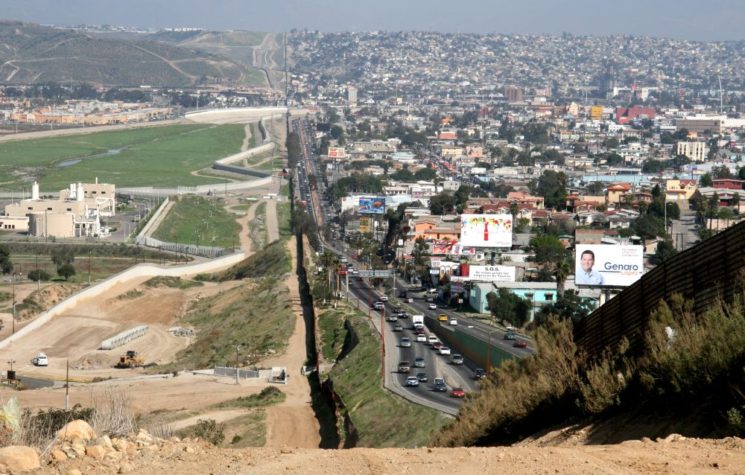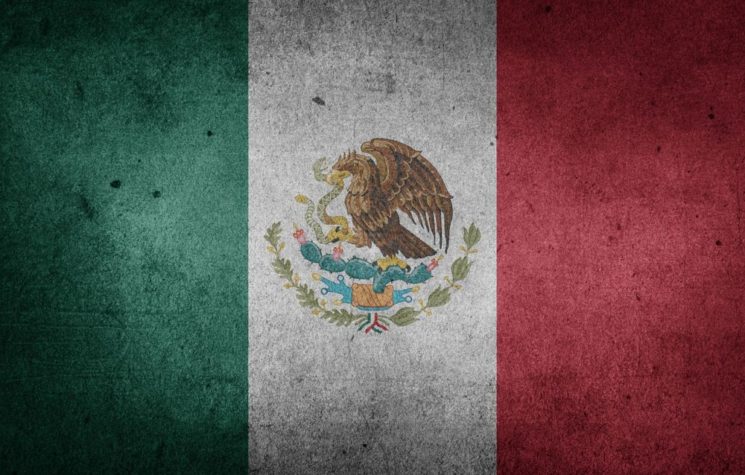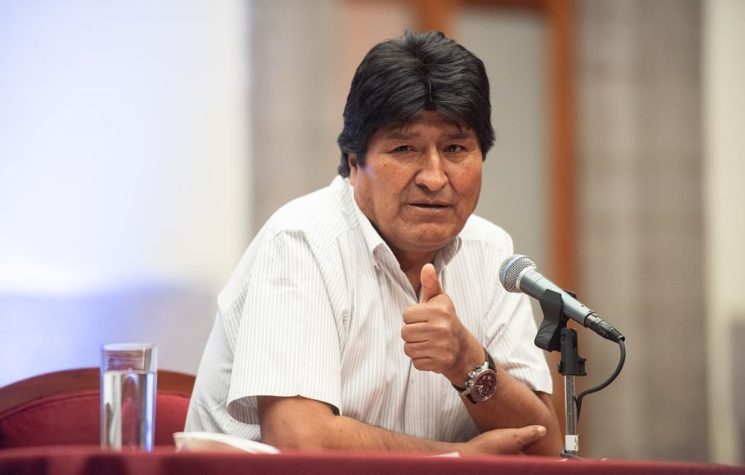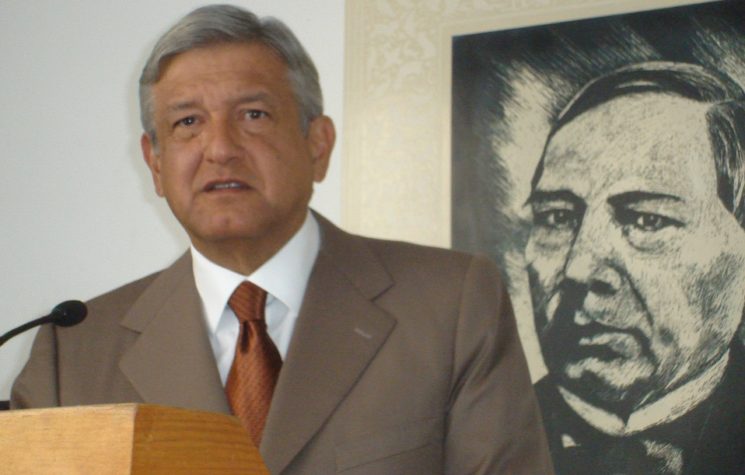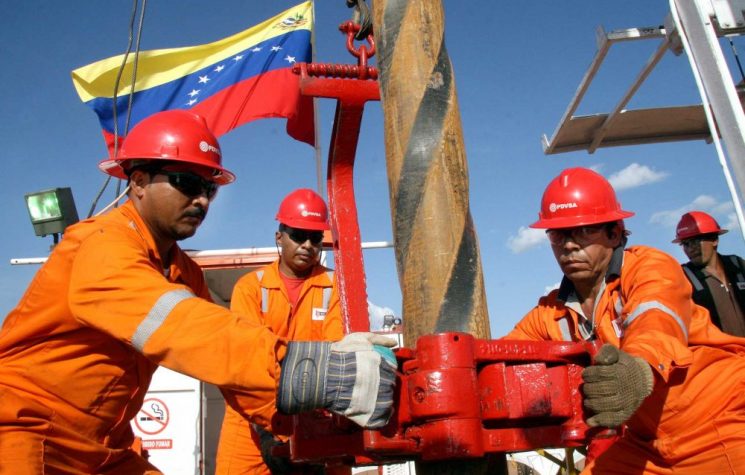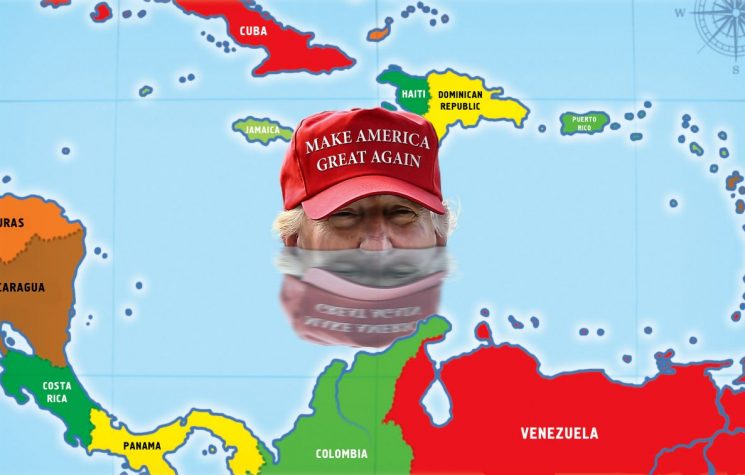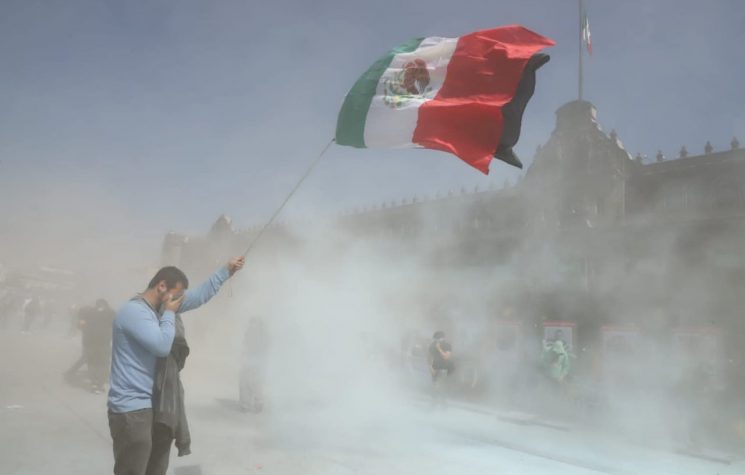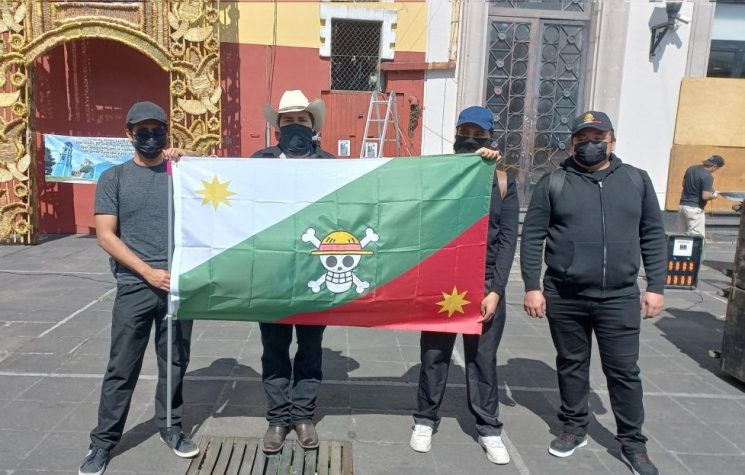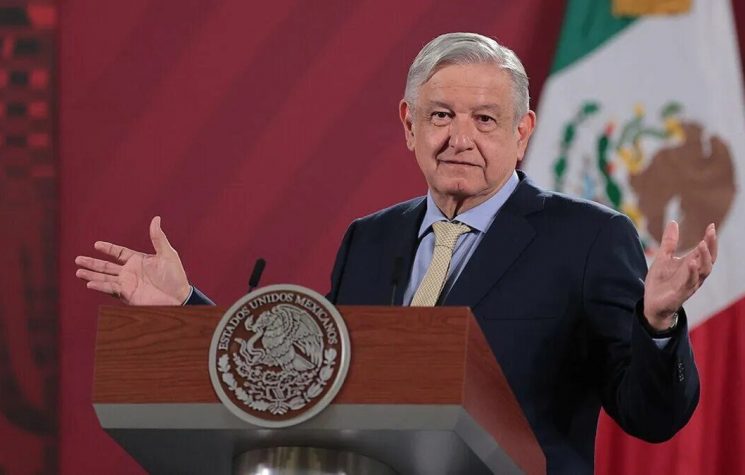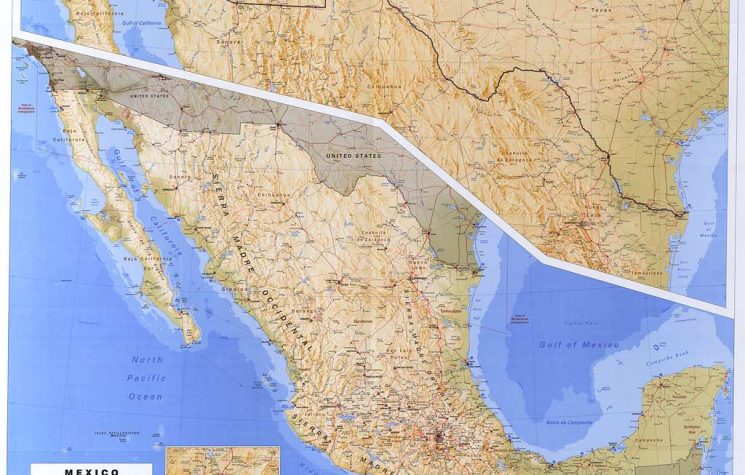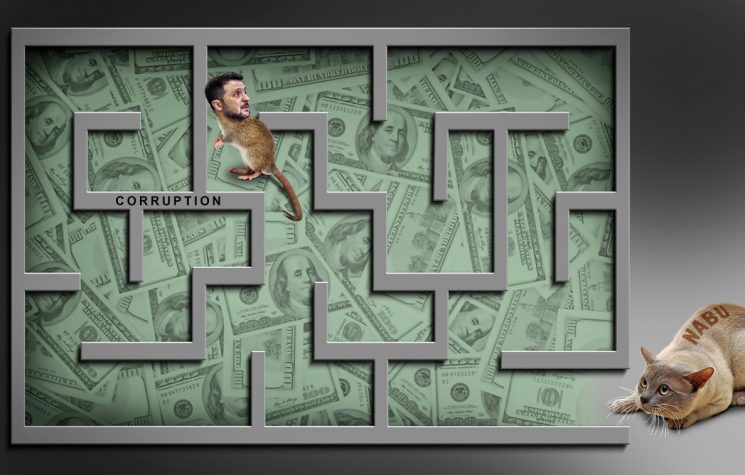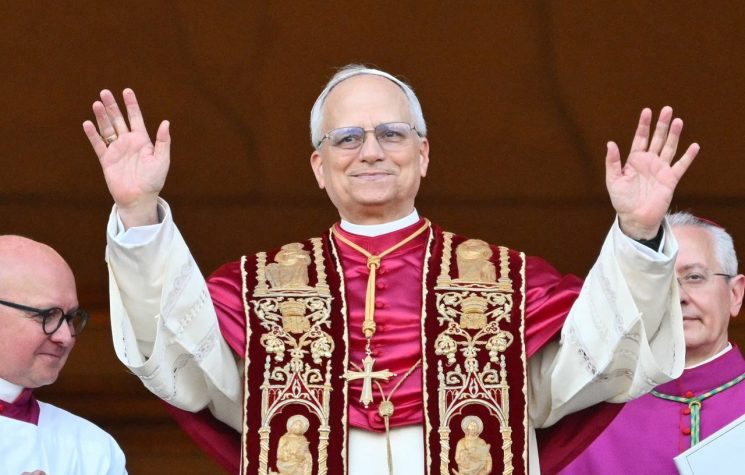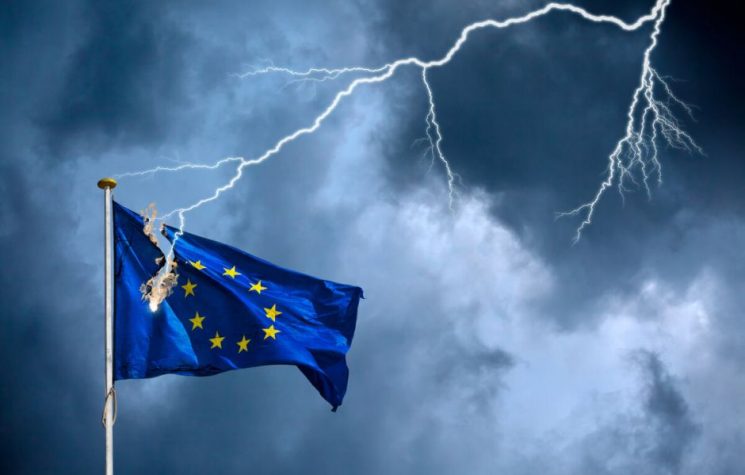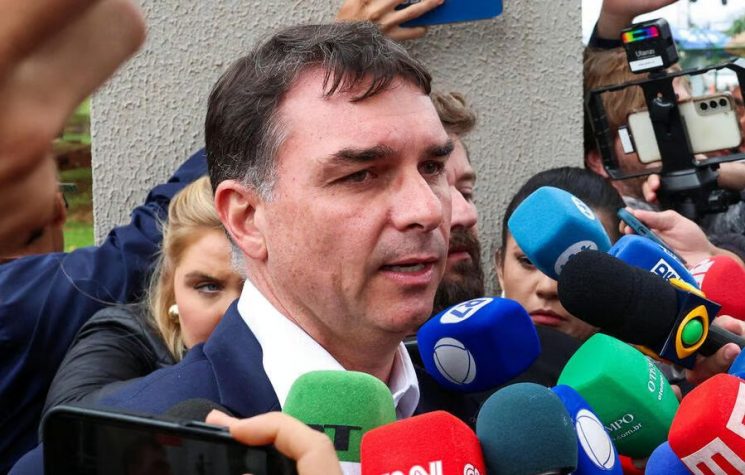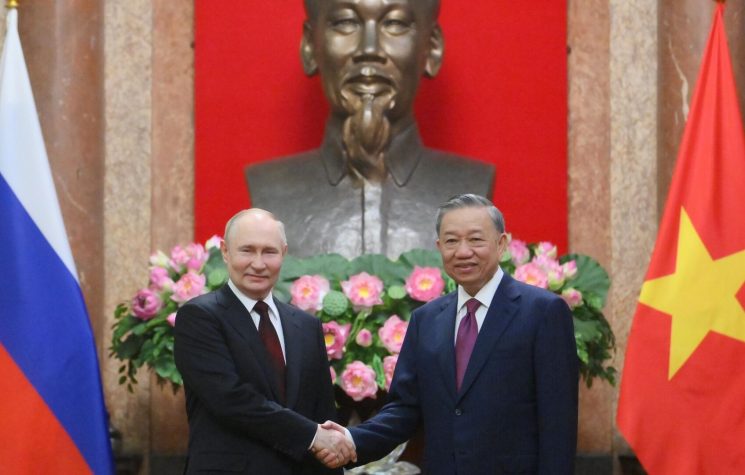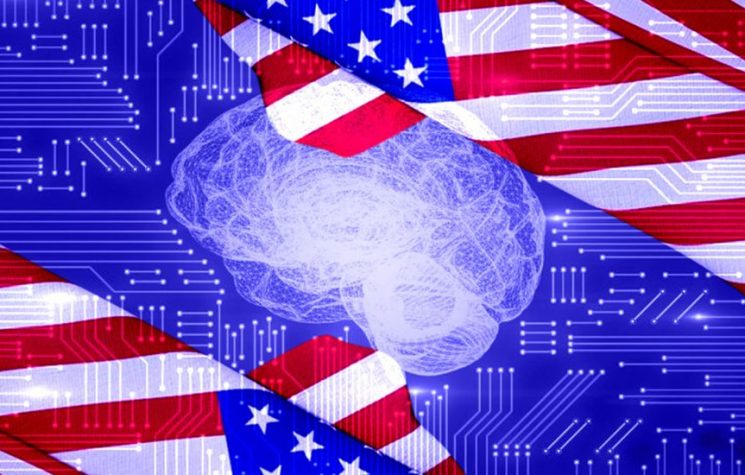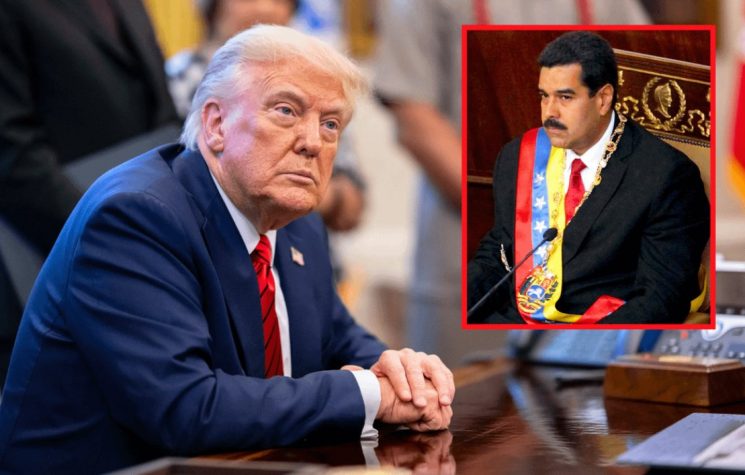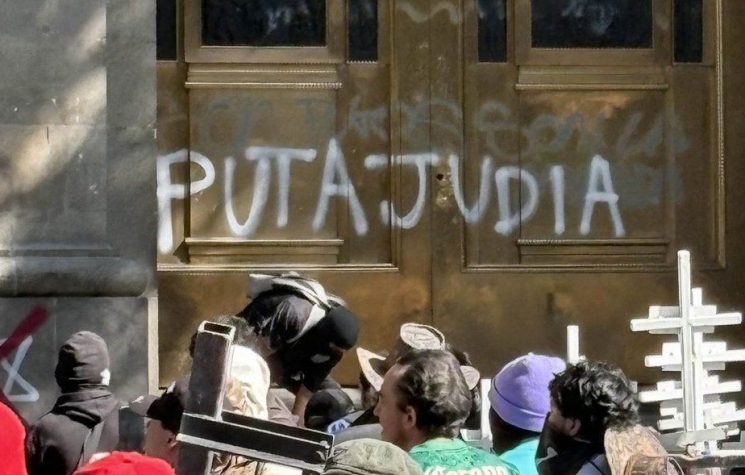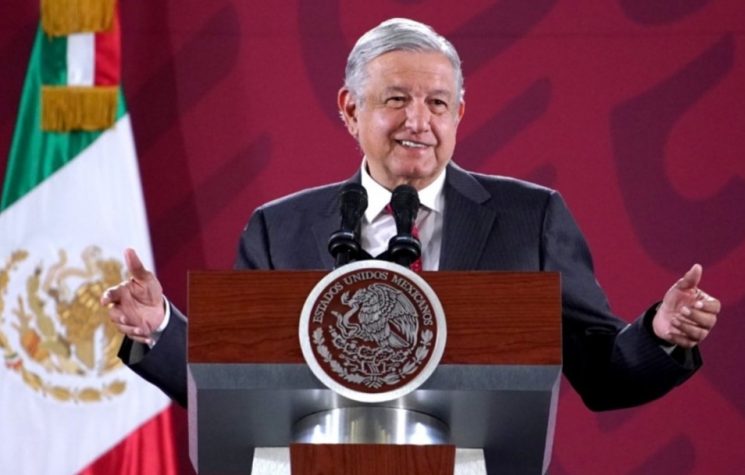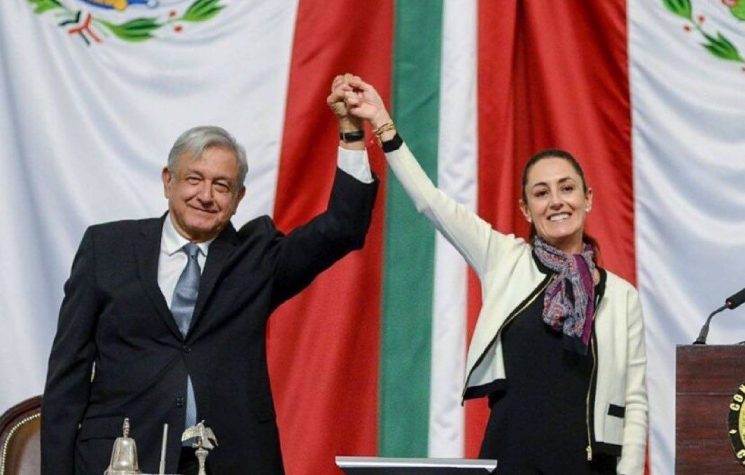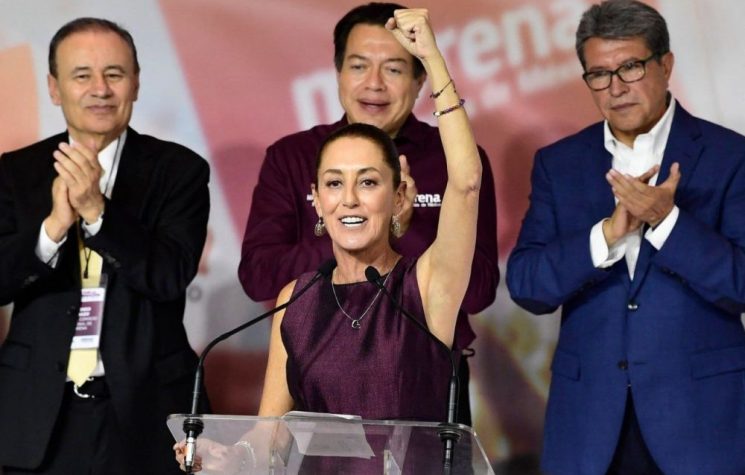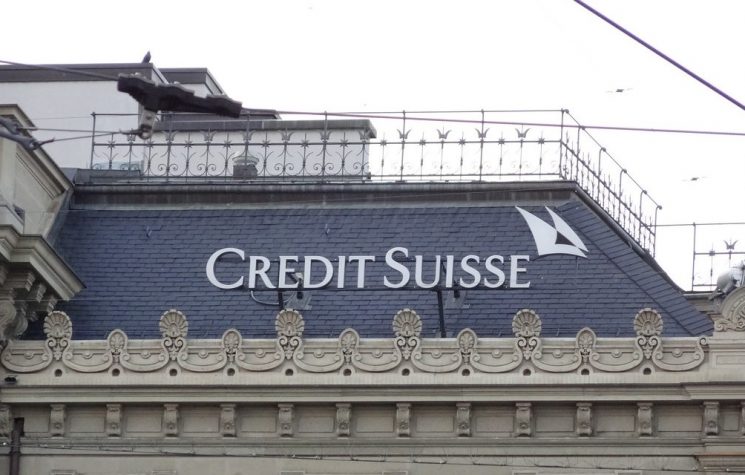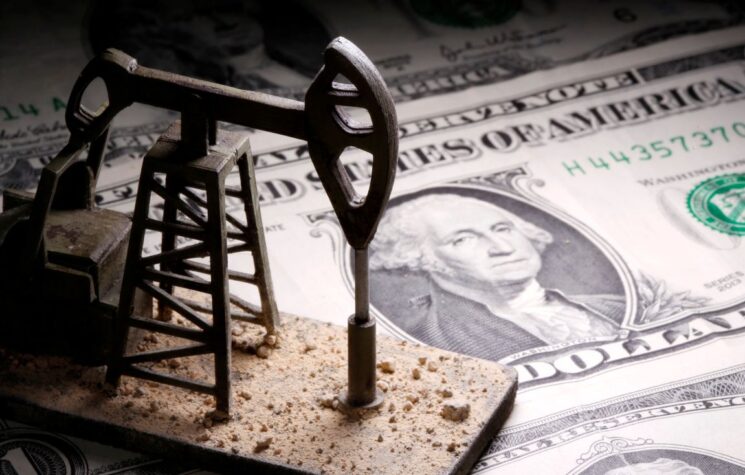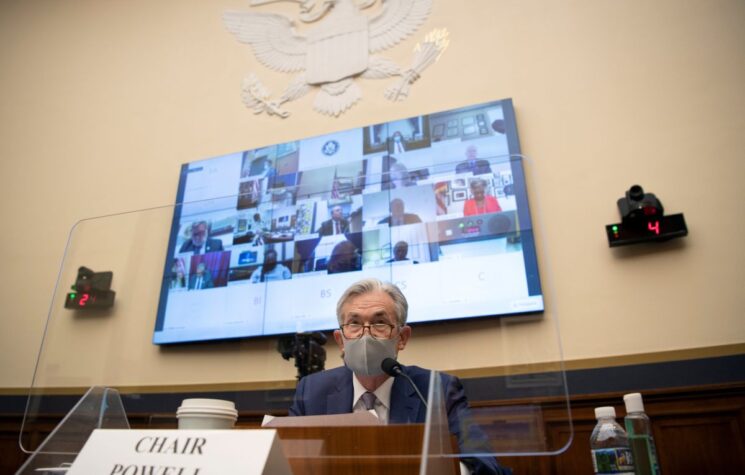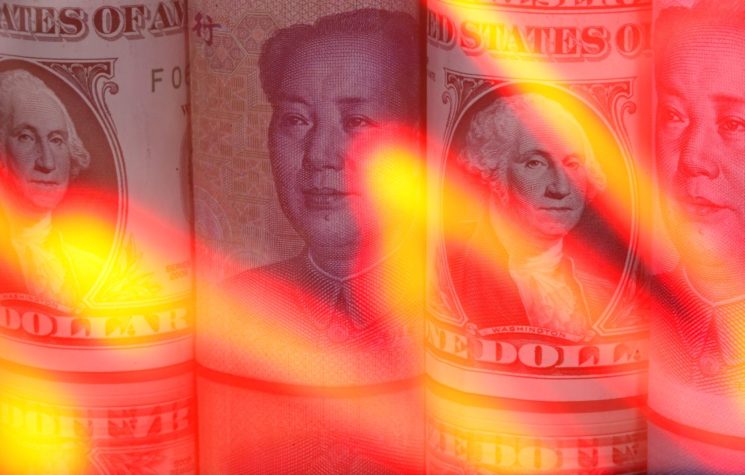In Ellen Brown’s brilliant new article “Mexico’s AMLO Shows How It’s Done”, the researcher and national banking advocate made the powerful point that the only way to properly fight the neo-liberal order is for nations of the west to follow the lead of Mexico’s current President Lopez Obrador who recently announced the creation of a new network of national banks- of which over 3238 branches will be in operation by 2021. Obrador’s stated aim is to have 13 000 branches built across Mexico which would far outnumber the total number of all private banks and will also provide a vital tool for the economic liberation of Mexico.
This act is nothing short of heresy in the corridors of the neoliberal priesthood of our modern age. The “economic foundation” upon which today’s globalized world are premised assert that nation states may not participate in the marketplace. No price controls, no protective tariffs, no bank regulation and certainly no national banks. Following this gospel, nations are permitted to do war and promote various forms of population control… but nothing that pollutes the purity of the supposedly “free market”.
Of course, simply utilizing national banking practices by themselves is not a full solution. A fascist regime can of course, use national banks for destructive ends just as a democratic republic can use them for positive ends, and as we have seen over the years, the financial oligarchy has no problem supporting fascist regimes such as Hitler’s Germany or Mussolini’s Italy nor do they have any problem supporting “national Keynesian initiatives” so long as they are done under an anti-human Green New Deal frame work.
So what makes President Obrador’s current efforts different?
As Brown states in her paper:
“The new president has held to his campaign promises. In 2019, his first year in office, he did what Donald Trump pledged to do — “drain the swamp” — purging the government of technocrats and institutions he considered corrupt, profligate or impeding the transformation of Mexico after 36 years of failed market-focused neoliberal policies. Other accomplishments have included substantially increasing the minimum wage while cutting top government salaries and oversize pensions; making small loans and grants directly to farmers; guaranteeing crop prices for key agricultural crops; launching programs to benefit youth, the disabled and the elderly; and initiating a $44 billion infrastructure plan. López Obrador’s goal, he says, is to construct a “new paradigm” in economic policy that improves human welfare, not just increases gross domestic product.”
If you haven’t figured it out, the answer is MORALITY.
What gave the establishment of modern nation states their power and legitimacy in the wake of the Golden Renaissance, was the fact that they are premised upon the common good of the people against the interests of private oligarchs and elite families. Those feudal orders dominated by hereditary institutions during most of human history placed the “natural order” upside down, with the welfare of the talking cows (aka: peasants) granted to them by the fancy of the master class of land lords.
Under a true sovereign nation state, elected leaders derive their legitimacy and support of the people through their mandate to defend the inalienable rights of people though internal improvements which increase the socio-physical-spiritual well being of the people. This used to be recognised in past ages as an elementary idea of Natural Law (which saw the laws of morality as intertwined into the fabric of objective reality as the laws of gravity, and electricity).
Ben Franklin’s Electric Insight into Economics
It is here no coincidence that the leading proponent of national banking and productive credit in America was also the leading scientist who trumped all elite scientific minds of Europe when he discovered the principle of electricity in 1752. Benjamin Franklin and his vast network of leading collaborators across Europe and America never saw a distinction between “subjective moral sciences” and “objective a-moral physics”. The foundational documents and also the first national banking system of America (upon which other republics in South and Central America modelled themselves in the coming years) were based upon this idea of Natural Law. This insight was the basis for Franklin’s 1727 opus on the Necessity for a Paper Currency where Franklin argued that value was not located in gold, or silver, or land or even demand per se, but rather in the creative powers of a people!
The consolidation of America’s revolutionary war debt incurred by each of the 13 colonies into a unified federal credit transformed the unpayable debt “into a national blessing” as Ben Franklin’s protégé Alexander Hamilton (first Treasury Secretary) laid out in his famous Reports on a National Bank and On Manufactures in 1791. In opposition to the early free traders and monetarists who wished America would end its protective tariff, stay agrarian and allow Britain to maintain its global monopoly on industry, Hamilton and Franklin understood this would undo the entire revolutionary cause resulting in America’s eventual re-absorption back into the empire.
Although slandered by generations of anti-American propaganda as a “Rothschild tool”, Hamilton was in fact a great patriot who argued that once the new federal debt was consolidated, the BEHAVIOUR of the debt would be turned from a passive burden which held the nation under water into an ACTIVE fuel of investments into infrastructure and manufacturing. By doing this, the nation was able to TRANSFORM from an agricultural slave society of cash cropping into a full spectrum society capable of producing for itself and trading surplus finished goods to other nations. In its first 40 years, this program allowed America’s population to quadruple overcoming all Malthusian “limits to growth”.
Unfortunately, starting with the 1804 killing of Alexander Hamilton at the hands of Aaron Burr (the father of today’s Wall Street banking syndicates), much of America’s history has been contaminated by either slave-loving traitors who attacked national banking (such as Presidents van Buren, Andrew Jackson, and Polk), OR great statesmen who too often died in office before their efforts to revive the constitution could be consolidated. In this list we find Presidents Harrison (1840), Taylor (1851), Lincoln (1865), Garfield (1880), McKinley (1901), Harding (1923), FDR (1945), JFK (1963).
Mexico and America
By 1865, Lincoln’s use of national banking practices (the Greenback) was instrumental in saving the union from British-orchestrated Civil War- although his assassination hampered this momentum to full industrial reconstruction of the south. During this time, Britain, French and Spanish Hapsburg empires had initiated parallel wars to destroy the newly emerging Mexican republic then led by Lincoln-admiring president Benito Juarez, first with the 1858-1860 War of Reform and then 1862-1867 French Invasion. In spite of this existential challenge, Juarez succeeded in driving out the imperialists with political and military support from Lincoln patriots in America, while also imposing tariffs which encouraged the build-up of industry- liberating Mexico from its status as cash cropping exporter. Social and educational reforms elevating the health and welfare of the people grew enormously under Juarez’s leadership.
Although Lincoln republicans supported Mexico’s sovereign in opposition to foreign empires using a healthy interpretation of the Monroe Doctrine, the death of McKinley in 1902 saw a grievous abuse of the Monroe Doctrine which too often became an imperial hammer to subdue banana republics as seen under the brutal leadership of Teddy Roosevelt.
Franklin Roosevelt was the first president to push back against the pro-empire Wall Street crowd since McKinley’s murder which he brought in with the Good Neighbor Policy stating:
“In the field of world policy, I would dedicate this Nation to the policy of the good neighbor—the neighbor who resolutely respects himself and, because he does so, respects the rights of others—the neighbor who respects his obligations and respects the sanctity of his agreements in and with a world of neighbors.”
FDR broke from his puppet predecessors by supporting Mexico’s rights to control its own oil and resources (after President Cárdenas, expropriated foreign oil holdings) and also vastly expanded credit from the US Export-Import Bank to fund massive Mexican infrastructure projects with a focus on water, energy and transport. This served as one of the earliest international extensions of the New Deal which FDR intended would liberate all nations of the earth from colonialism.
Franklin Roosevelt Inspires Mexico’s AMLO
Upon his election in 2018, President Obrador announced the first phase of his New Deal with an “Every Young Person to Work” program inspired by FDR which he described saying:
“I have had this idea since I read how President Franklin Delano Roosevelt pulled the United States out of the 1930s’ crisis. What did he do, in a tremendous economic crisis? He decided to put the whole U.S. people to work. And he decided to put young people to work, and he paid them a dollar a day, for every young person. But his idea was full employment. That is, a job for everyone. That idea stuck in my head, because Roosevelt lifted the United States out of the crisis, and for me, he was therefore, if not the best President, one of the best that the United States has had—Franklin Delano Roosevelt, by that action, by that decision. Now we are going to do something similar: All young people to work.”
Under NAFTA, Mexico was kept down by acting as cheap labor market to do the work once done by high paid Americans and Canadians. This policy ultimately hurt Mexico since free trade’s obsession with low costs resulted in keeping quality of life and production dismally low. (The formula “Low prices= low paid workers= better slaves= weakened nations” is as true today as it was 250 years ago when the British Empire commissioned Adam Smith to write his 1776 Wealth of Nations).
Obrador’s efforts are moving in the right direction, however the 13 000 national bank branches which he intends to have built will have to go beyond merely sending money to the poor as the plan is currently constituted and he knows it. Responding to the monetarist priests howling at the sacrilege of national banking, Obrador stated:
“We’re going to speak with those from the Bank of México respecting the autonomy of the Bank of México. We have to educate them because for them this is an anachronism, even sacrilege, because they have other ideas. But we’ve arrived here [in government] after telling the people that the neoliberal economic policy was going to change.”
Thus, taking over responsibility from the usurious private banking network and Mexican Central Bank which have converted Mexico into an indebted colony of crime and despair since the overthrow of President Portillo in 1982 is a vital next step in the fight. Luckily China has made great strides in this direction which will likely be of a great assist to Mexico. To this point, Brown ended her report with the following astute analysis:
“Today, the best model for that approach is China, which funds infrastructure by borrowing from its own state-owned banks. Like all banks, they create loans as bank credit on their books, which is then repaid with the proceeds of the projects created with the loans. There is no need to tap up the central bank or rich investors or the tax base. Government banks can create money on their books just as central banks and private banks do.
For Mexico, however, using its public banks as China does would be something for the future, if at all. Meanwhile, AMLO has been a trailblazer in showing how a national public banking system can be initiated quickly and efficiently. The key, it seems, is just to have the political will — along with massive support from the public, the legislature, local business leaders and the military.”
The irony here is that the American system of National banking, productive credit and protective tariffs which were innovated by Alexander Hamilton and applied by every great leader from Harrison to Lincoln to McKinley to FDR both internally and across to international allies in Mexico is now most clearly embodied by the country which few people associate with America… the Peoples Republic of China!
While China uses its debt as an active asset to invest into great long term infrastructure projects which thus extinguish the original debt while increasing the productive powers of labor, America’s private central banking system under the Federal Reserve merely creates debt for speculation and turning poor Americans into slaves. Just look at the $14 trillion the treasury printed to bail out failing speculators in 2008-2010. Or look at the $9 trillion printed by the Fed to do the same. Nothing was invested in the real economy during this time.
What a different world we could have created had this money been invested into a new (non-Green) New Deal of the 21st century such as China’s Belt and Road Initiative has ushered in?
NAFTA’s long awaited death is a start, as are Obrador’s vital reforms… however a fight needs to still occur before a North American Belt and Road Initiative can finally break colonized nations (including the USA) out from the clutches of the financial oligarchy and their self-imploding deep state managers.








